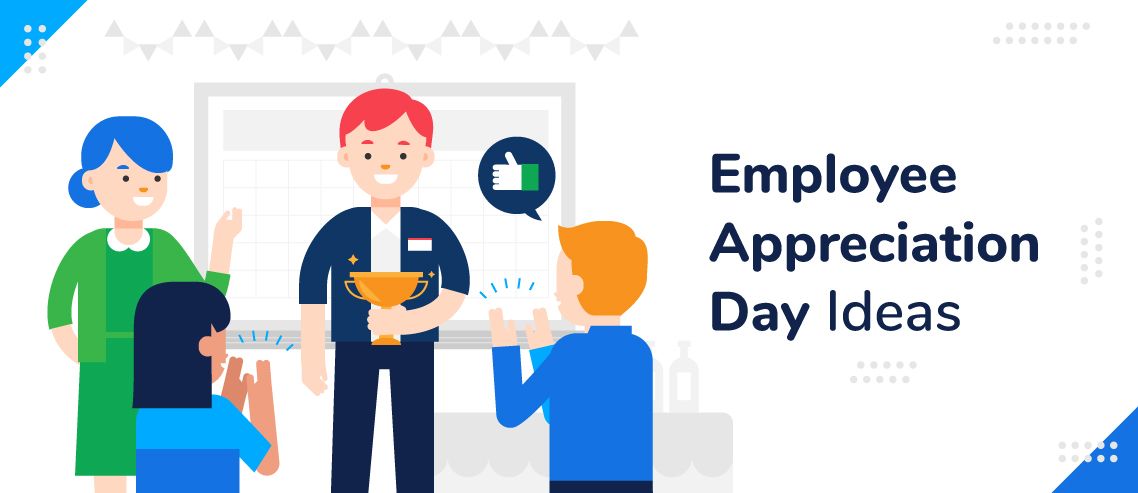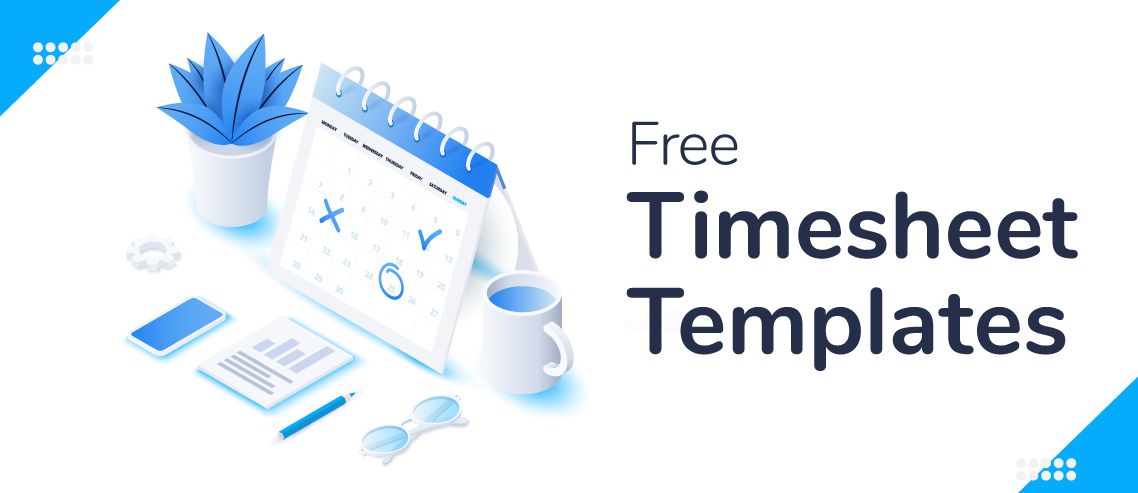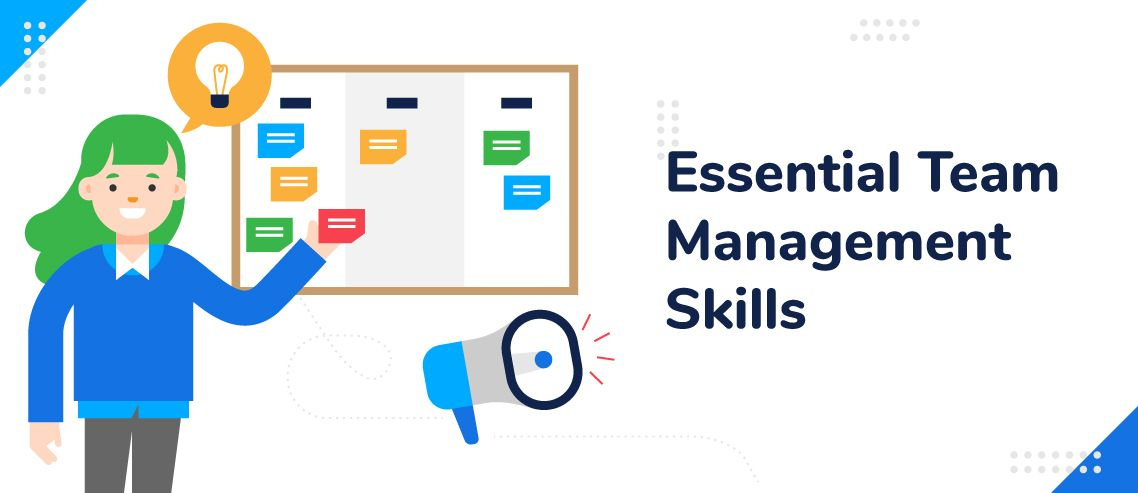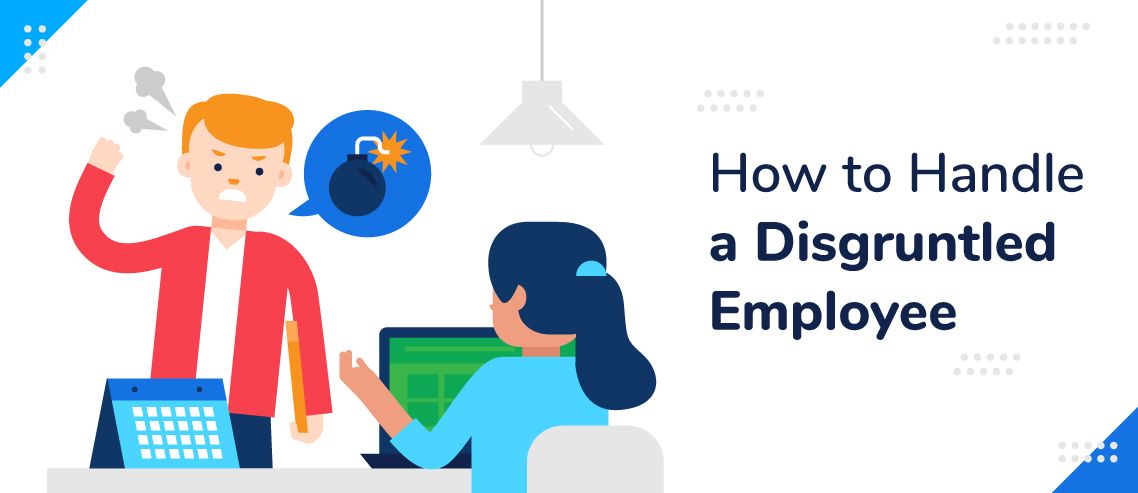The New Employee Onboarding Checklist For 2024
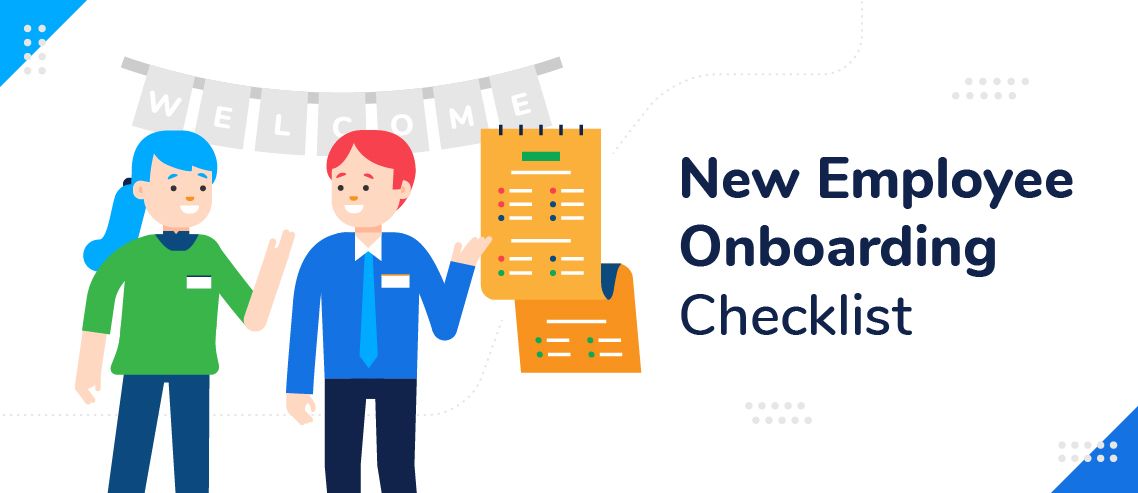
Onboarding new employees bring many challenges, especially after Covid-19. We have created the ultimate new employee onboarding checklist to keep you in check for 2024. But first what exactly is employee onboarding?
What Is Employee Onboarding?
Employee onboarding is the process of integrating new employees into an organization. It involves familiarizing them with company procedures, their specific roles, and overall organizational expectations. The onboarding generally includes these key components:
- Introduction to company culture and values: This helps new employees understand and fit in your company’s work environment.
- Training and development: To make sure the new hires know exactly what their job responsibilities are and how to pull them off efficiently.
- Administrative setup: This includes getting all the paperwork done and setting up accounts for your new employees
- Social integration: Facilitating interactions with existing team members to help your new hires settle in.
Pre-Onboarding Checklist
Pre-onboarding is the time between an employee’s acceptance of your job offer and their first day at your company. Here’s what you need to do during this time:
1. Send a Welcome Email
- Send a quick, informal email to say hello
- Communicate how excited the company is that they’re joining the team
- Detail the next steps in the onboarding process
- Let them know they can reach out for any query
2. Share Company Policies
- Send your company’s handbook
- You can also create a FAQ sheet answering common questions
- Share any other important policies and procedures
3. Prepare the Office/Workstation
- You might need to arrange a workstation with a computer
- Storage lockers or boxes
- A notebook and a pen
- Chargers, cables, and adapters
3. Inform Existing Employees
- Send a company-wide email introducing new hires
- Encourage employees to reach out and welcome new team members
4. Invite to a Company Event
- Invite them to an upcoming company event
- Introduce them to team members
- Give an overview of the company culture
New Hire Checklist
Interviews are over, you’ve made an offer, and they’ve accepted it. Now it’s time to get all the behind the scenes details sorted out before they start.
1. Complete all new hire forms for the human resources department:
-
- W-4: Employee’s Withholding Certificate to withhold the correct federal income tax
- W-9: Request for Taxpayer Identification Number & Certification (contractors only)
- 1-9: Employee Eligibility Verification to verify authorization to work in the United States
- State Tax Withholding forms (if applicable)
- Direct Deposit forms so they can receive their paycheck via ACH deposit
- Non-disclosure and non-compete agreements
- Alcohol and/or drug test consent agreements
- Security and confidentiality agreements
- Job analysis forms such as goals, responsibilities, and performance evaluation criteria
- Emergency contact designation and contact details
- Medical history and food allergies
2. Call the employee to confirm first day details, such as:
-
- Workplace location, start date and start time
- Attire including specifics like tattoo/jewelry policy and shoes
- Equipment needs specific to their job like tools, kitchen gear, safety gear, etc.
- What to expect their first day such as facility tours, introductions, and training
3. Set up employee computer, software, and account access:
-
- Ensure they have the proper login credentials to email accounts and relevant software
- Create an onboarding or training program for learning work-related software
- Review company IT rules and procedures
- Add them to all relevant email groups, so they don’t miss updates
- Add them to your scheduling software and explain how they can access their schedule
4. Order new hire materials and set up an onboarding packet:
-
- Name tags, uniform, headgear, footwear, and any safety items
- Key cards, physical key copies, passcodes, and alarm codes (if applicable)
- Provide them with a new hire welcome kit, a welcome letter along with contact names, phone lists, and company vision
5. Make a socialization plan:
-
- Introduce them to their new team and all leaders
- Schedule a welcome lunch or dinner
- Schedule regular reviews and 1-on-1 time
First Year Onboarding Checklist
Being a new person is rarely a comfortable experience. You’re full of ambition and enthusiasm, but you don’t want to step on toes. You want to ask questions, but you don’t want to be a bother. You want to share your opinions, but you’re unsure if you’ve earned the right. Needless to say, it’s an emotional rollercoaster for the first year or so.
As a leader, there’s a lot you can do to make the onboarding experience pleasant and relatively seamless. Proper onboarding can assimilate new hires to your workplace more quickly and likely make them productive members of the team sooner. Ideally, employee onboarding will last a year with critical milestones placed along the way to ensure they’re set up for success.
Here’s a one-year onboarding checklist you can use or modify as necessary:
Day One:
The first day on the job is all about setting expectations, introducing objectives, and making them feel comfortable in their new work environment.
- Schedule team introductions
- Arrange social lunches, coffee dates, or virtual sync ups
- Schedule a workplace tour
- Show them the restrooms, break areas, kitchen, storage rooms, offices, and anything else relevant to their day-to-day duties
- Setup their workspace
- Whether they’re waiting tables or working a desk, it’s important that they know where they can leave personal belongings and access work materials
- Security orientation
- Provide access to access badges, keys, security codes, computer access, phone setup, and any relevant HIPAA or compliance training
- Culture and code of conduct review
- Go over the employee handbook, discuss ethics, and any other housekeeping tasks
- Review job description and responsibilities
- What can they start doing today, and what should they work up to
- What performance metrics are you tracking
- Discuss how their job fits into the bigger picture for the company
- Go over policies for time off, sick time, holidays, vacation, etc.
- Begin new hire training
Week One:
They’re getting comfortable, but as time goes on, they have more questions, and it’s up to you to make sure they get answers.
-
- Ask other employees to check in on them to ensure they feel supported
- Schedule out regular evaluations and set goals for the first week, month, 90-days, etc
- Ensure all their systems functioning properly
- Schedule weekly or bi-weekly one-on-ones so you can provide feedback and answer any questions they have
Month One:
The basics are down, and it’s less about the day-to-day and more about sustaining what’s working well and working on their weaknesses.
-
- Review month one performance and provide coaching
- Ensure payroll and PTO accrual are functioning properly
- Check-in on employee training to ensure adequate progress
- Set month two goals to challenge them
3-Month Check-in:
Training is over, and it’s time to dig into what’s working and what’s not. If they need supplemental training, then the time is now.
-
- Review all their metrics from the last ninety days and measure it against the goals you’ve set for them
- Set new goals for the next three months and switch to more of a quarterly check-in
- Get feedback on how you’re doing as a manager supporting them
- Find out who’s been helpful on the team and see if there are any suggestions they have for improving new hire onboarding
- Invite them to fill out a Glassdoor review to help attract more great talent like them
6-Month Check-In:
You set goals for 3-months so it’s time to see what they’ve achieved, what they’re still working on, and where they may have fallen short.
-
- Review the goals set last quarter and provide coaching where necessary
- Assign additional duties if they’re ready for it
- Consider having them train any new hires
- Set new goals for the next quarter
- Schedule their next quarterly check-in
9-Month Check-In:
Similar to their six-month check-in, you’ll want to review their goals and set new ones. Assess any coaching opportunities and lay the foundation for their annual review.
-
- Review the goals set last quarter and provide coaching where necessary
- Set new goals for the next quarter
- Prepare them for their annual review
Annual Review:
Look back at the previous year, congratulate them on their first work anniversary, and find ways to challenge them as they enter into their second year.
-
- Review their quarterly goals and look back at their performance for the whole year
- Assess their strengths and discuss any future opportunities you see for them
- Discuss additional compensation or potential promotion opportunities
Employee Onboarding Frequently-Asked-Questions (FAQs)
1. What software can make onboarding new hires easier?
HR software is helpful for document storage. And employee scheduling software like ZoomShift makes scheduling new employees a breeze. You can show them how to download the application on their phone, see their schedule, see their time off balances, and how they can request time off. The entire onboarding process via ZoomShift will take you minutes, not hours.
2. How can I create a custom employee onboarding checklist for my restaurant or business?
Take the checklist we’ve provided above and copy it into a word document. Remove anything that’s not relevant to your restaurant or business and make adjustments where necessary to make it even more applicable to the way you do business. Save a copy of that in case your onboarding process evolves, and make a copy of it each time a new hire starts.
3. Are there legal considerations my hiring and onboarding checklist should include?
Each state will have its own set of laws and regulations you’ll have to adhere to, so we highly advise consulting an attorney and an accountant to see if there are any forms you’re missing or training items you should be going over.
4. What happens if someone’s a quick learner and doesn’t need as much training?
There’s a good chance you’ll hire people with various levels of experience and education, so think of the employee onboarding checklist as a guideline instead of a strict document that can’t flex. You’ll have to check off forms and procedures, but the training plan can and should be customized to the individual’s needs.
5. What should I do if I’m hiring multiple employees at once?
Onboarding multiple employees will likely save time and resources since you can batch a lot of onboarding tasks and new hire training sessions together. It’s still essential that you make sure each individual’s needs are met throughout the process. The best way to do that is through regular check-ins with their frontline manager.
Conclusion
Onboarding is a crucial process for any company, and using an effective first-year onboarding checklist can go a long way in ensuring the success of this process.
You can also modify it to fit your company’s specific needs. Just make sure you always prioritize making new hires feel welcome and valued from day one!
JD enjoys teaching people how to use ZoomShift to save time spent on scheduling. He’s curious, likes learning new things everyday and playing the guitar (although it’s a work in progress).
